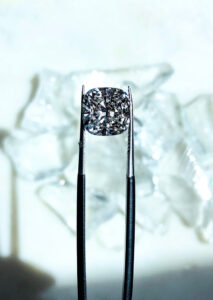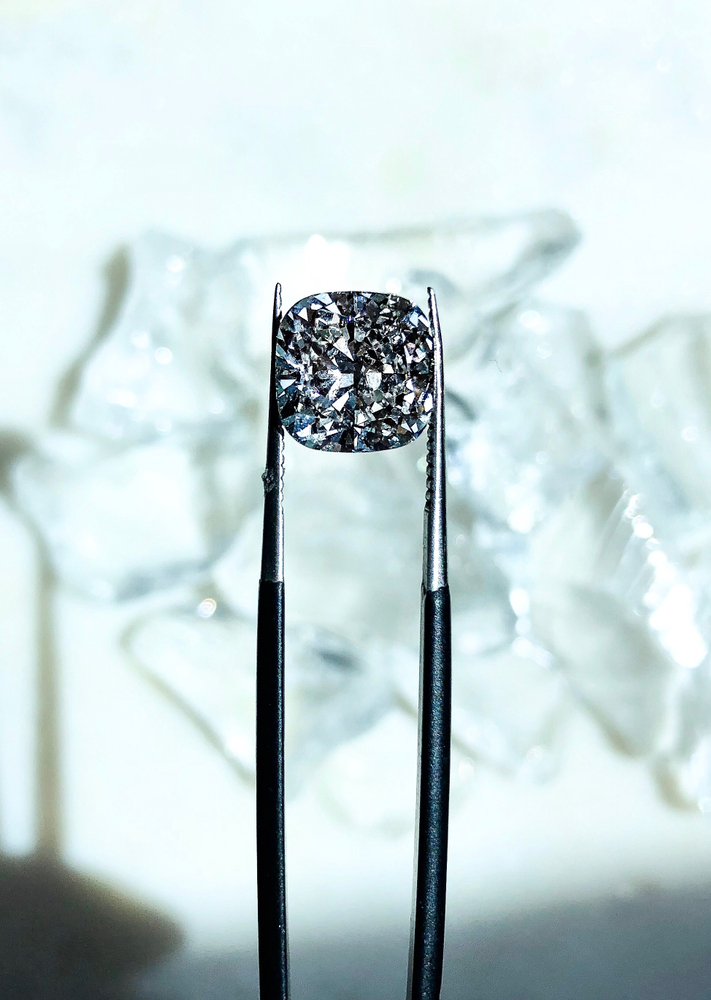
The defects and inclusions seen in a diamond are referred to as its clarity. The clarity grade is higher when there are fewer flaws. Lab-grown diamonds are made by a high-temperature carbon growth and compression method, which is different from real diamonds.
They’re intricate constructions that are subsequently shaped and carat weighted to the desired specifications. Only just a few lab-grown diamonds appear in pristine form, even though the development and cutting procedure takes many weeks.
High clarity grades are important for most people who wish to own diamond engagement rings.
Determining The Clarity Grades
Experts examine the diamond face-up under a microscope while assessing its clarity. They can examine the diamond under a microscope to see if it contains any internal inclusions. They’ll also take a careful look at the diamond to see if it has any flaws on the surface. For assessing the clarity grade of a diamond, specialists consider five basic variables. Size, nature, number, position, and relief of inclusions are the five factors to consider.
It’s crucial to consider the magnitude of your inclusion. The clarity of a diamond is affected by the size of the inclusion. If the inclusion is minor, it will probably have a minuscule effect on the stone’s beauty. The type and nature of the inclusion must be taken into consideration. If the inclusion is deeper, it will have a bigger effect on the stone than if it is only visible on the surface.
A higher clarity rating corresponds to fewer flaws. A diamond with too many inclusions, such as SI2, will have a clarity grade that is lower than one with only one or two flaws. If inclusion is near the girdle, it is less obvious. If a flaw is in the diamond’s table’s center, it is more noticeable and diverts attention from the stone’s attractiveness.
Types Of Inclusions

When assessing a diamond’s clarity, there are different kinds of inclusions to evaluate. Internal graining, which is a common type of inclusion, is caused by uneven crystal formation. It results in white, colorful, or reflective lines, as well as a hazy aspect for the diamond.
In a diamond, a feather is a microscopic fissure. It can appear translucent or collect light to give a white appearance based on the angle from which it is seen.
Depending on the sort of contained minerals present in the diamond, a hollow can seem colorless. If the crystal inclusions in the cavity are colored, they will stand out more and may often be observed without a microscope.
